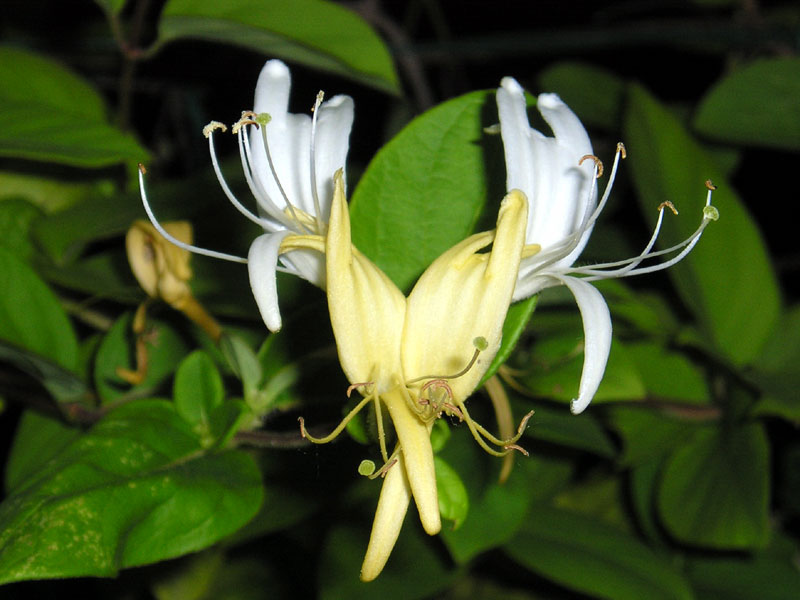Protected Area
Identity Card
- Land Surface Area: 1'901.00 ha
- Regions: Lazio
- Provinces: Viterbo
- Municipalities: Tuscania
- Establishment Measures: LR 29 06/10/1997
- PA Official List: EUAP1036
- Park Authority: Provincia di Viterbo - Assessorato all'Ambiente
Tuscania Nature Reserve
Tuscania Nature Reserve, established in 1997 with L.R. 29, covers 1,901
ha in the Municipality of Tuscania. The Park Authority is the Province
of Viterbo which, in collaboration with the Municipality of Tuscania,
manages the Reserve with the aim to guarantee and promote the
conservation and enhancement of the territory and its local natural and
cultural resources, to safeguard and recover the natural habitats, to
preserve animal and vegetal species, to promote the economic and social
development of the local communities involved, and to enhance the
natural resources with educational and recreational aims.
The
territory of the Reserve is mainly dominated by hills: from a maximum
height of 224m a.s.l. in location San Savino (northern section of the
Reserve) to the 170-190m of the town of Tuscania and to a minimum
height of 30-40m, along the river Marta and in the southernmost
section of the territory. The horizon is characterized by furrows and
ravines of great landscape value, rich in vegetation, in which the
river Marta and its tributaries run. The signs of the past are
everywhere, and in some places it is still possible to see the
structures of the typical landscapes of this part of Italy housing the
luxuriant roughness of the inner Maremma Laziale, the slopes of the
coastal Maremma, and the sequence of plains and gorges of the interior
Etruria of the area of Viterbo.
Further information (Italian text)
Vegetation and Fauna
The Reserve "houses" two Sites of Community Importance (SCI): SCI
IT6010020 Fiume Marta (upper course) and SCI IT60100036 Sughereta di
Tuscania, considered by the European Community areas of particular
naturalistic interest for the presence of "endangered" habitats and
species.
However, the heart of the Reserve is represented by the
watercourse Marta. Along the river, above all in the northern section,
there are large stretches of hygrophilous and riparian vegetation:
poplars, alders, willows, and cane-brake.
(the following links lead to Italian texts)
Fauna
| Wild Boar | Porcupine | Kingfisher |
| Dormouse | Fox |
Flora
| Cornelian Cherry Dogwood | Single-seed Hawthorn | Hawthorn Berry |
| Spindle | Flowering Ash | Honeysuckle |
| Blackthorn | Turkey Oak | Holm Oak |
| Cork Oak | Dog Rose |
Geological Features
The whole Province mainly develops on a territory created by the explosive activity of three important volcanic complexes: Vulsino, the northernmost complex dominated by the large Bolsena lake depression, Vicano, with the Lakes of Vico and Cimino in the middle, in the south-east of the capital of the province. The beauty and richness of the whole province are strictly linked to the geological nature of the territory which offers not only unusual landscape features, but also a soil which the volcanic activity provided with a great abundance of elements, making it particularly precious for the development of agriculture.
Further information (Italian text)
History and Archaeology
The area protected by the Nature Reserve is the richest section of Tuscania in archaeological finds.
The
areas presenting the highest number of important historical evidences,
also from a tourist point of view, are the late medieval historical
town center of Tuscania and the hills of Rivellino and S. Pietro, also
famous for the extraordinary architectural complexes of the churches of
S. Maria Maggiore and S. Pietro. The territory is rich in
archaeological evidences dating back to the Etruscan and Roman periods.
Most of the evidences consists in "areas of clay fragments" and chamber
tombs, isolated or forming rather large necropolises that can be found
in the plains near the valleys of Marta, Maschiolo, and their
tributaries, or in the areas where these valleys open to form very
large plains.
Further information (Italian text)






